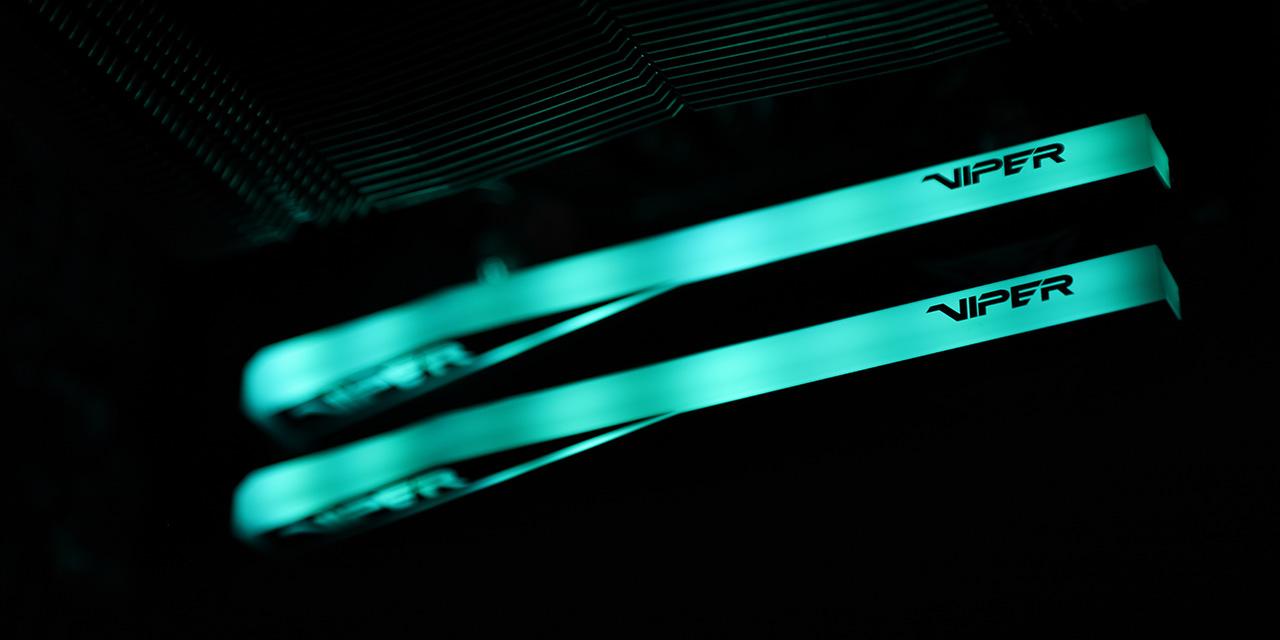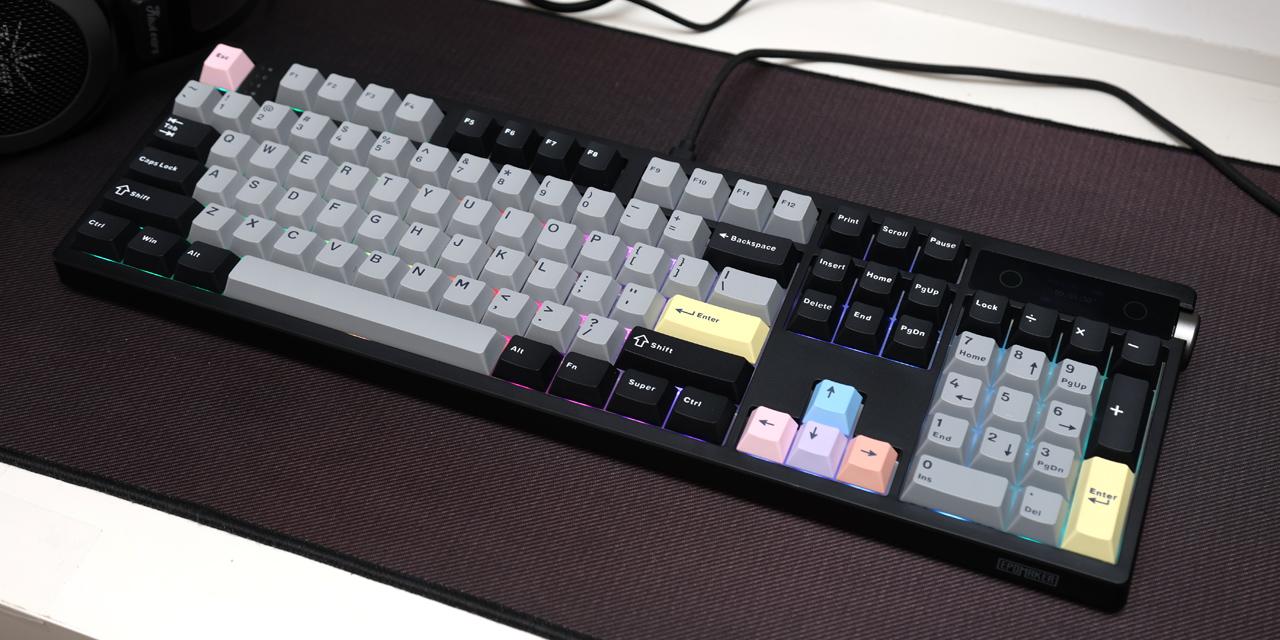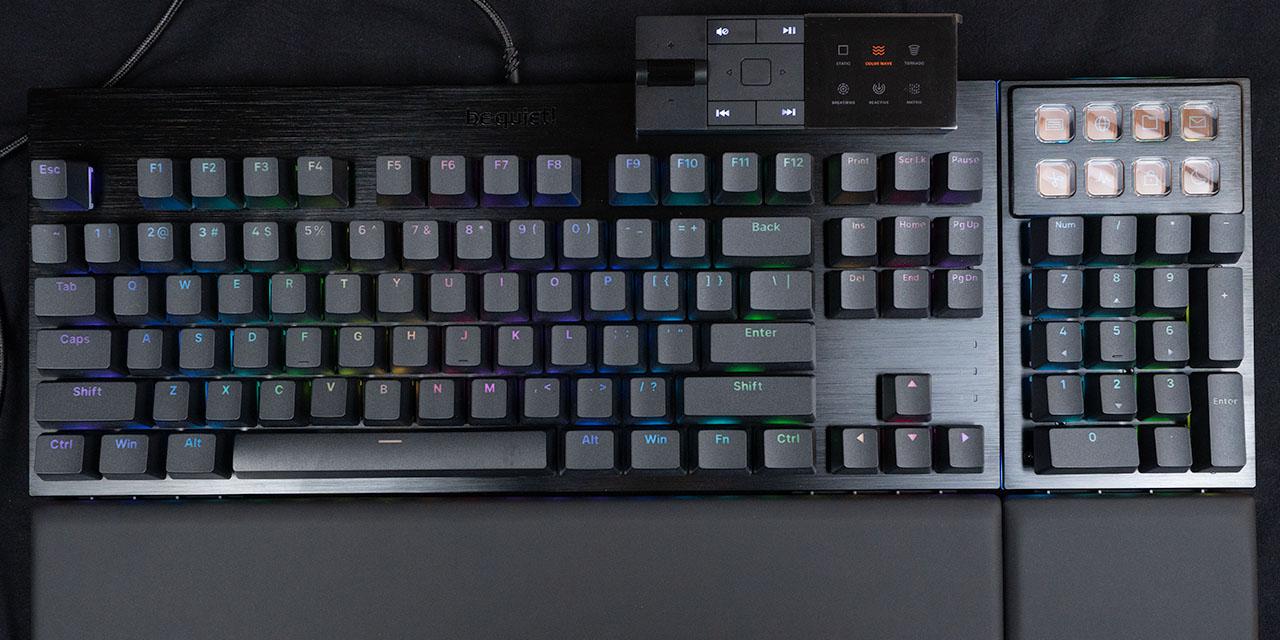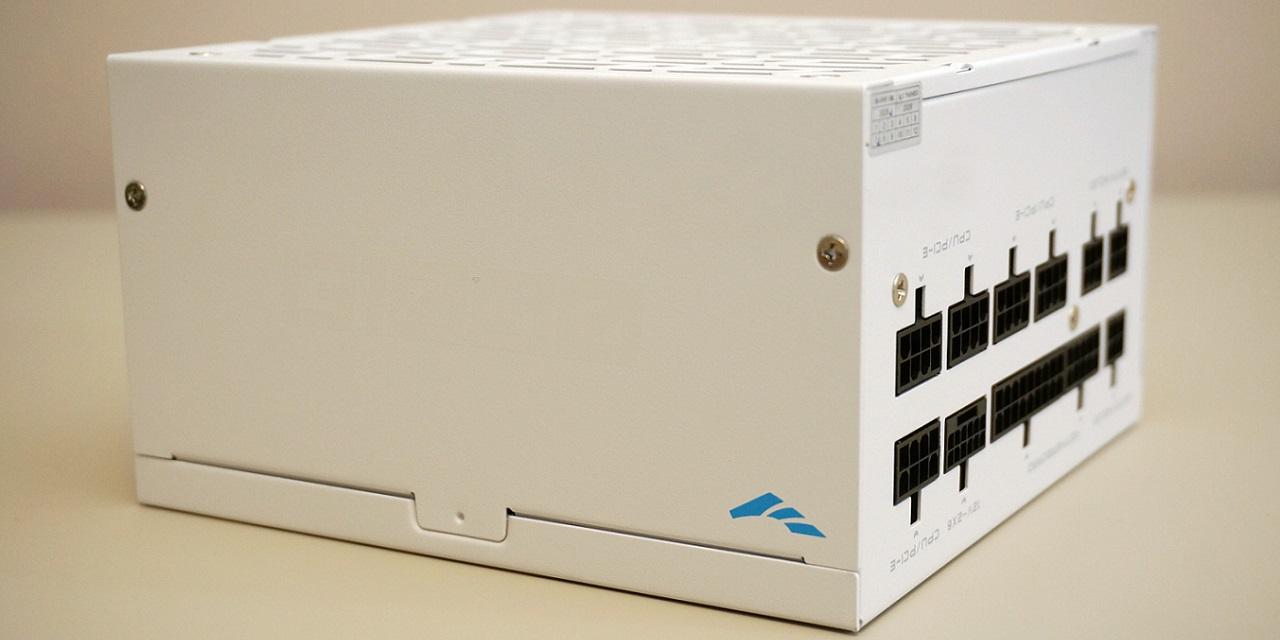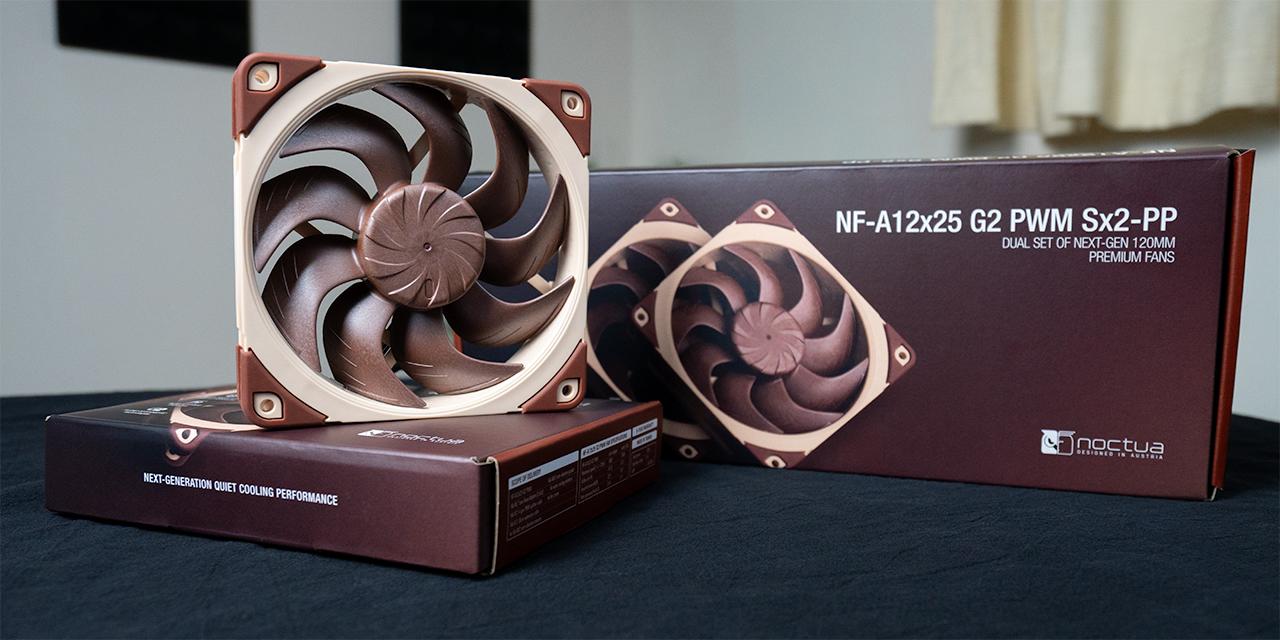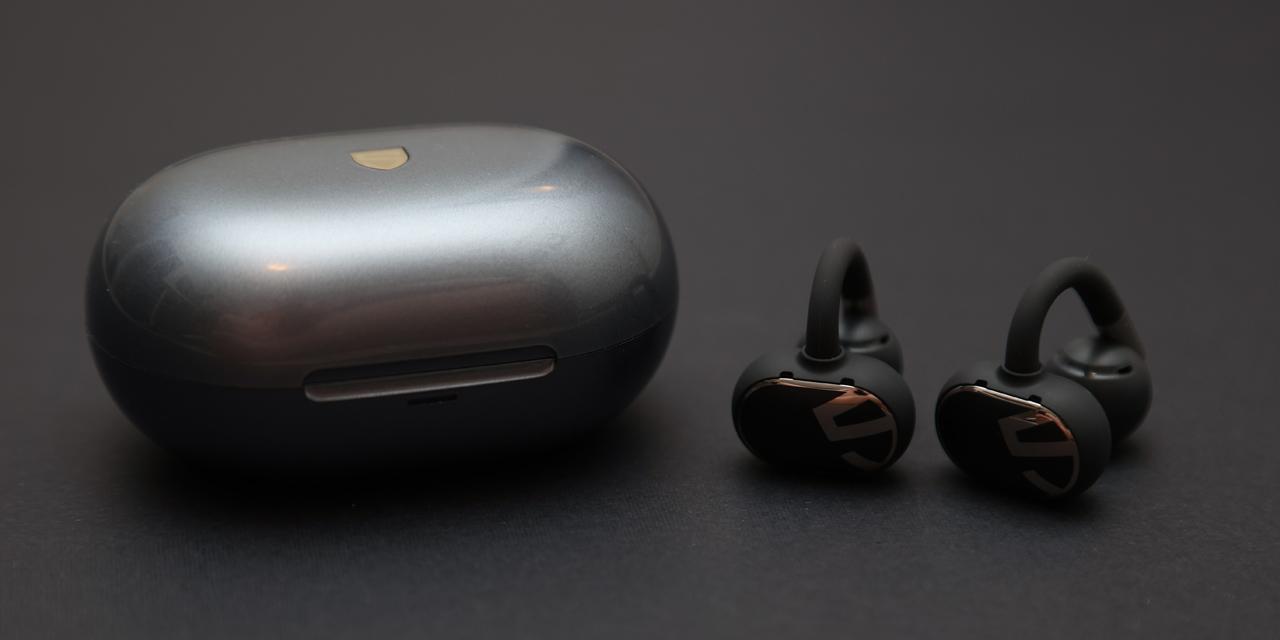Page 4 - Installation and Conclusion

The installation process into the SilverStone SETA A2 is a straightforward one. Starting at the back, I slotted the be quiet! Straight Power 12 1200W into the back mounting plate and secured it to the SETA A2. With the power supply's 18.0cm length, there is still quite a bit of space in this basement. SilverStone says you can fit a unit up to 22cm in length. I continued building by routing all the required cables into place. Despite the number of drive locations, I only have M.2 drives in my system, therefore I did not use them. In fact, as you will see later, I removed the front drive cage.

In the main compartment of the SilverStone SETA A2, I installed my ASUS ProArt X870E-Creator Wi-Fi motherboard with an AMD Ryzen 7 9700X mounted inside. Beside it is a set of Crucial Pro Overclocking DDR5-6400 2x16GB memory. The cooler on top of the processor is the be quiet! Dark Rock Elite. According to SilverStone, users can put an air cooler as tall as 190mm, which is more than enough space for tall CPU coolers. Afterwards, I mounted the EVGA GeForce RTX 3070 Ti XC3 ULTRA GAMING into the top slot of my motherboard. Its 285.37mm length is still well within the maximum 438mm length that SilverStone specifies for any video card. I continued by plugging the necessary cables and front I/O. I appreciate the single front I/O pin header for faster installation. The routing holes were all in accessible spots with rubber grommets that helped with hiding the cable clutter.

With everything installed, you can see the cabling situation at the back. I used the middle area as much as possible to secure thicker cables. With all the plastic cable clips and straps to manage the wires, I did not find myself needing any more cable anchor points. As well, with more than ample spacing behind the motherboard, I did not have any issues installing the side panels back in place. The rubber grommets on all the holes held in place and did not fall off accidentally. Overall, the whole SilverStone SETA A2 was easy to work in.

Once plugged in, I powered my system on to hear and see things turned on. With the large window, you can see the elements inside spin and light up, as well as the top and bottom addressable RGB LED light strips. However, the most observable thing is the sound from the fans. As mentioned in the inspections, the combination of voltage-controlled fans and an insufficient controller meant all connected case fans spun at full speed all the time. I ended up swapping out the controller for the Noctua NA-FH1 instead. Once again, this issue would not occur if SilverStone just included PWM fans with their SETA A2. Using our standard APH Networks sound scale, where 0 represents silence and 10 indicates loudness, the SilverStone SETA A2 is a 6.0/10 at full speed at closer to a 3.5/10 when the fans are properly controlled. As for noise suppression, the SETA A2 also does not do anything to keep noise down, as there is no noise dampening material in or around the enclosure.
-----------------------------------------
It is clear the SilverStone SETA A2 is a notable improvement over its predecessor in multiple ways. From the outset, SilverStone maintains a unique design language with the curved aluminum front. This time around, SilverStone added airflow with perforations in the front and side. Other upgraded external aspects include side panel captive thumbscrews and a dedicated LED button for an integrated lighting controller. One key change is the increase in size due to the expanded capacity inside the SETA A2. First, we have more drive locations with a combined total of fourteen drives and support for at least ten drives of either 3.5" or 2.5" size. This means if users want to use this as a home server or just with many drives, SETA A2 will be able to hold them all. Secondly, cooling support is expansive with locations for a 420mm radiator at the front or side. Finally, there is more than enough clearance for a large CPU cooler, long graphics card, or an extended power supply. It has other creature comforts like a GPU support bracket and routing holes to support back power connectors on motherboards. In terms of installation ease, the SETA A2 is fine to work with. Multiple cable channels and Velcro straps help with securing wires in place, and many things are held in with screws rather than being fixed in place. The only concern I have stems from the cooling accessories. For one, the integrated fan controller is not properly wired for voltage-controlled fans. Unfortunately, the included case fans are 3-pin and therefore, when used with the controller, always spin at full speed and generate more noise than necessary. SilverStone should fix the controller for better compatibility, but more importantly, they should be using PWM fans with their cases. I also would like to see finer mesh filtration included in the ventilation areas. At the time of the review, the SilverStone SETA A2 retails for $200. I think the SETA A2 is still a strong option for those who want its features, but I hope they resolve the matters mentioned in their next iteration.

SilverStone provided this product to APH Networks for the purposes of evaluation.
APH Networks Review Focus Summary:
8/10 means Definitely a very good product with drawbacks that are not likely going to matter to the end user.
7/10 means Great product with many advantages and certain insignificant drawbacks, but should be considered before purchasing.
-- Final APH Networks Numeric Rating is 7.5/10
Please note that the APH Networks Numeric Rating system is based off our proprietary guidelines in the Review Focus, and should not be compared to other publications.
The SilverStone SETA A2 is a flashy computer case that provides the capability to hold all your drives with pizzazz.
Page Index
1. Introduction, Packaging, Specifications
2. Physical Look - Outside
3. Physical Look - Inside
4. Installation and Conclusion
